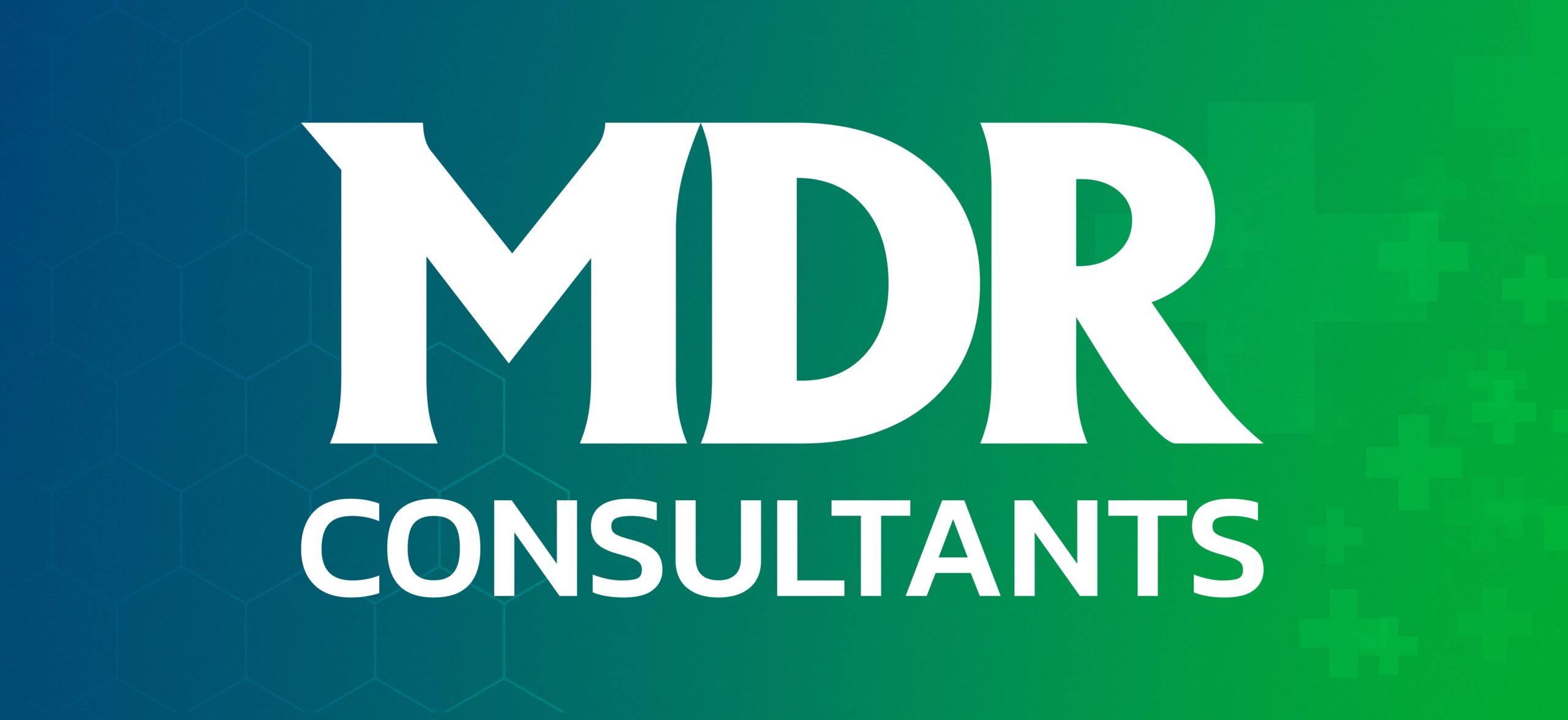What is the difference between Scheme 1 and Scheme 2 for BIS certification?
The Bureau of Indian Standards (BIS) operates two main certification schemes: Scheme 1 (Indian Standards Institution – ISI) and Scheme 2 (Compulsory Registration Scheme – CRS). Here are the key differences between these schemes:
Scheme 1 – Indian Standards Institution (ISI)
- Type: Licensing Scheme
- Products: Wide range of products from chemicals to electrical products
- Factory Audit: Required
- Marking Fee: Applicable
- Application: Hardcopy submission
- Number of Products: 344 Products
- Standard Mark: ISI Mark
- Factory Audit: BIS conducts a thorough factory audit to assess the manufacturer’s infrastructure, production processes, quality controls, and testing capabilities.
- Marking Fee: Manufacturers must pay a marking fee to use the ISI Mark.
- Application: The application is submitted in hardcopy format.
- This program covers a diverse range of goods, encompassing various sectors such as chemicals, metals, construction materials (like glass and cement), and everyday electrical appliances.
Scheme 2 – Compulsory Registration Scheme (CRS)
- Type: Conformity Scheme
- Products: Only Electronics and IT Products
- Factory Audit: Not Required
- Marking Fee: No Fee Required
- Application: Online
- Number of Products: 69 Products
- Standard Mark: CRS Mark
- Factory Audit: No factory audit is required.
- Marking Fee: There is no fee required for using the CRS Mark.
- Application: The application is submitted online.
- Products: This scheme is specific to electronics and IT products and is mandatory for products listed under the Compulsory Registration Order (CRO).
In summary, Scheme 1 (ISI) is a licensing scheme that requires a factory audit and a marking fee, while Scheme 2 (CRS) is a conformity scheme that does not require a factory audit and has no marking fee and it is only applicable to electronics and IT product.
